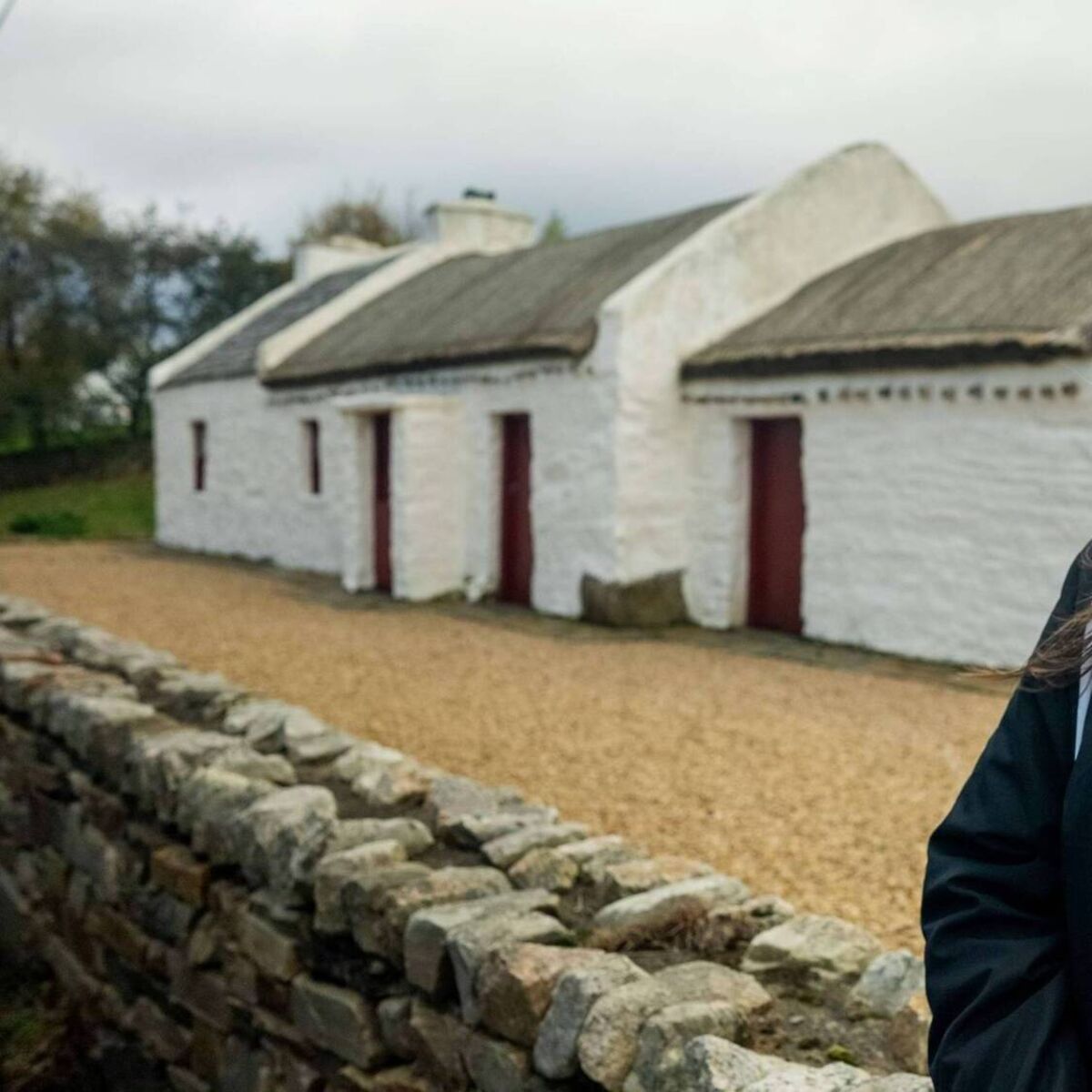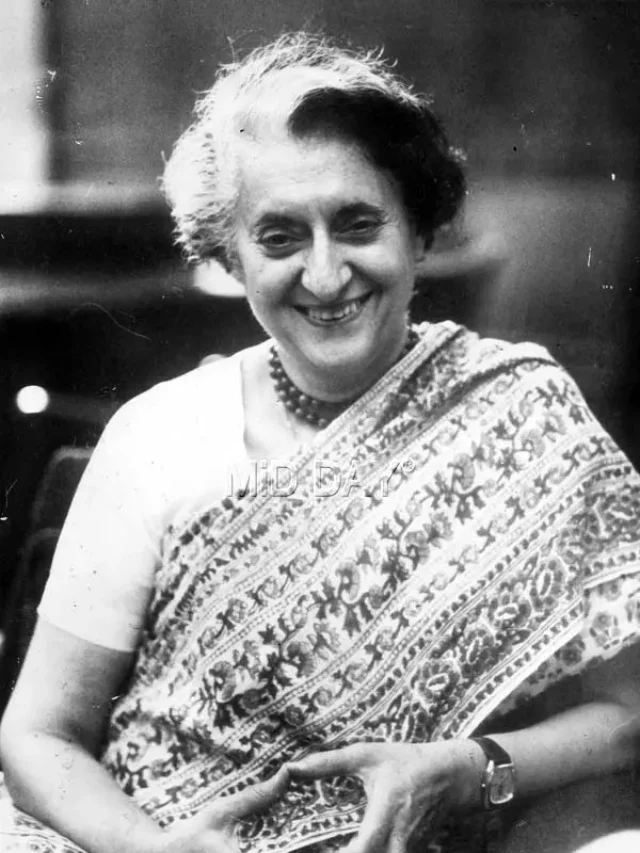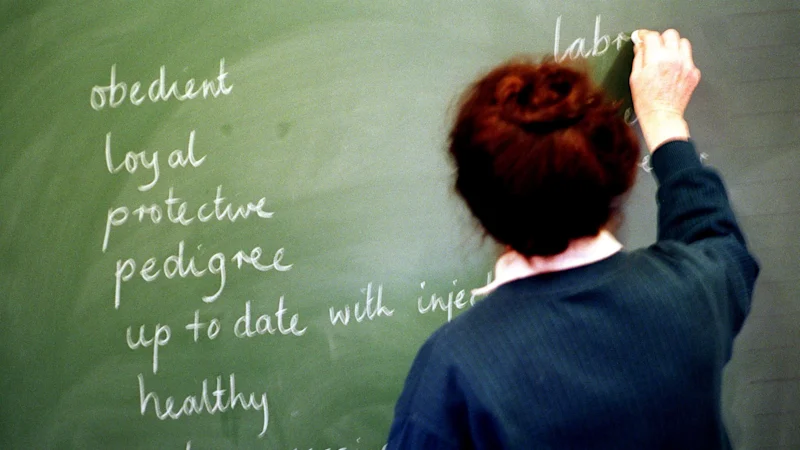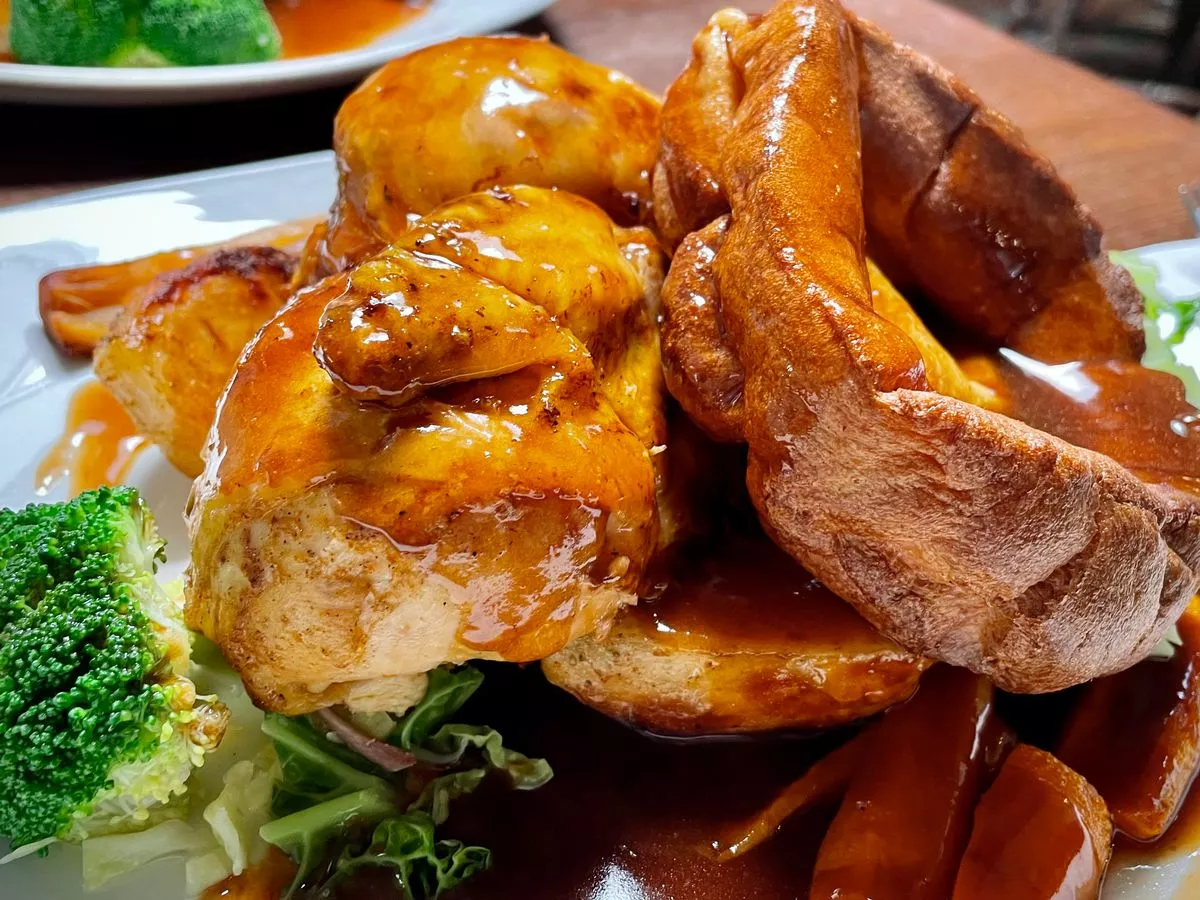By Irishexaminer.com,Ronan McCloskey
Copyright irishexaminer

The documentary tracks the documented interactions between Irish people and the native Americans from the mid-1700s when America was still a British colony, through the Declaration of Independence and up to Wounded Knee in 1890 when Irish soldiers embedded within the 7th Cavalry of the US army attacked perhaps the last free roaming camp of the native Americans, a mainly Miniconjou Hunk Papa group led by Spotted Elk.
The result was a bloody massacre which haunts America to this day. The involvement of Irish soldiers not just at the ground level but in the case of Philip Sheridan and Patrick Connor as senior generals directing a long campaign against the Plains Indians, places us right at the heart of the conquest of a culture that had existed uninterrupted for thousands of years.
Having lost our own land, we settled in theirs and turned their paradise into ours.
The development of this film started many years ago during lockdown. Reading a book about the Lakota, I noticed countless Irish surnames. Sitting Bull’s death happened under the watch of Indian agent James McLaughlin and Crazy Horse was killed by a foot soldier from Tyrone called William Gentles. However, this was just the tail end of a story which goes back much further.
Thousands of years ago, people here and in America were separately building stone circles. We also share a similar folk mythology of living alongside little people.
That got me curious, but a documentary needs more verifiable meat than that. Our first character is the barely believable William Johnson. Johnson hailed from the McShane branch of the O’Neills. He left for America in 1738, became a trader, a chief among the Mohawk and also a general in the British army.
His sway among the Mohawk was central to the collapse of Montreal to British forces, causing the collapse of New France and the creation of Canada. For someone who has left his imprint on the map of the world, he remains surprisingly unheard of at home, despite an excellent book about him by Fintan O’Toole called White Savage, which was published in 2006.
We also feature Choctaw activist and artist Waylon White Deer, who has lived in Ireland on and off for over 20 years and who I assume is reading this in the Donegal Gaeltacht. Waylon has more insight into both societies than any other person, and his calling to this country almost seems in itself like something from mythology.
The latter half of the film concerns itself more with the campaigns against the plains Indians. Following the civil war, Thomas Francis Meagher — often referred to as one of our greatest ever patriots and memorialised at Cork’s Spike Island — became acting governor of Montana.
Meagher shows most openly the two sides of our soul, a rebel leader in Ireland often attributed as the creator of our national flag, he had, however, no such empathy for the Black Feet, who he tricked with treaties and ultimately was moving towards their total annihilation before himself falling off a boat and drowning in 1867.
Meagher handed the baton over to a number of senior Irish soldiers and generals, however, who continued his work, masterminding and implementing a military campaign against civilian camps which were home to native men, women, children, the elderly and the sick. The results of this campaign are still the source of tears for the descendants of those lucky enough to survive.
Finally, we look at the Sioux War led by Philip Sheridan and peopled throughout by Irish soldiers from every corner of Ireland.
Here today, we find a native population proudly rebuilding itself, including cultural geographer Dakota Goodhouse, whose family have been historians for the Hunkpapa since the 1700s. Dakota’s personal archive can be accessed here and is a must for anyone wishing to dig deeper into the indigenous mindset outlining their calendar, cosmology and traditions.
Dakota himself says many entire nations and societies no longer exist, entire linguistic traditions gone forever. Like us, they have forgotten a lot of what they have forgotten.
The title of the film was picked after careful consideration along with our American consultants. It could however be called the Seven Habits of Highly Effective Colonisers, as it plays out like a blueprint for all subsequent western colonisations. Basically, demonise, demonise, demonise — or pretend they don’t exist.
The troubling parallels with the modern world make the film all the more tragic. What’s the difference between a ‘settler’ and an ‘immigrant?’ In the end we had enough material for a much longer series and McLaughlin and Gentles don’t even make the cut.
Ultimately, our failure to see each other’s humanity is the overarching theme of this film. We are who we are by accident of birth. The rest is history.
Ronan McCloskey is producer of Eire agus na Chéad Náisiún, which airs on TG4 tonight, Wednesday, September 17, at 9.30pm



